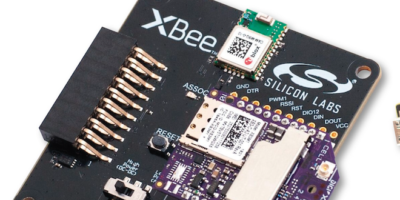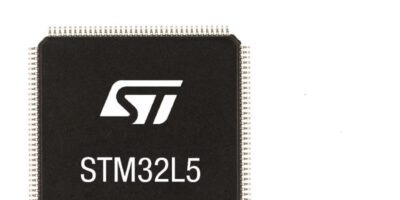Output options for Recom’s 15 and 20W AC/DC power supplies have been announced. The company offers single output (5.0 to 48V DC) and dual output options (12 and 15V DC) in both pinned and wired versions.
The RAC15-K and RAC20-K series are designed for low power IoT and household applications. The AC/DC modules have low energy losses especially in light load conditions and minimal standby power consumption, says the company. Both are based on the footprint of Recom’s compact RAC10-K modules. These new modules feature high-efficiency over a wide load range, making them suitable for the always-on and standby mode operations needed for IoT and smart home devices.
It is possible to achieve 20W of power in a modular 2.0 x 1.0-inch (50 x 25mm) case size. Both the RAC15-K and RAC20-K are able to operate within a temperature range of -40 to +85 degree C and have a universal mains input range of 85V AC up to 264V AC for worldwide use. They easily meet EMC class B with measurements below the limits without the need for any external components. Both also come with international safety certifications for industrial, AV and ITE, as well as household standards. Samples and OEM pricing are available from all authorised distributors or directly from Recom.
This news story is brought to you by softei.com, the specialist site dedicated to delivering information about what’s new in the electronics industry, with daily news updates, new products and industry news.
To stay up-to-date, register to receive our weekly newsletters and keep informed of the latest technology news and new products from around the globe. Simply click this link to register here: softei.com
Readers can also register to receive the monthly newsletter from our sister site, weartechdesign.com. This is the only website dedicated to developers of wearable electronic products. Simply click this link to register: weartechdesign.com
http://www.recom-power.com







